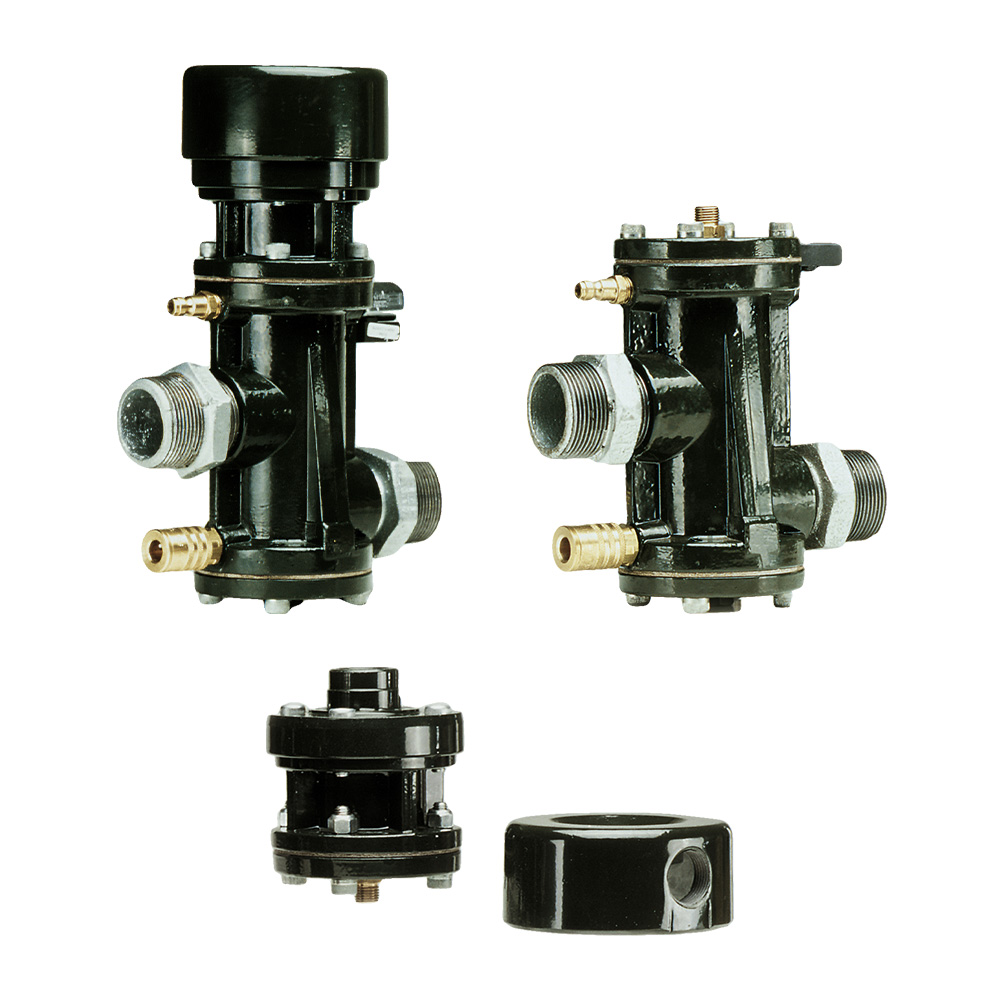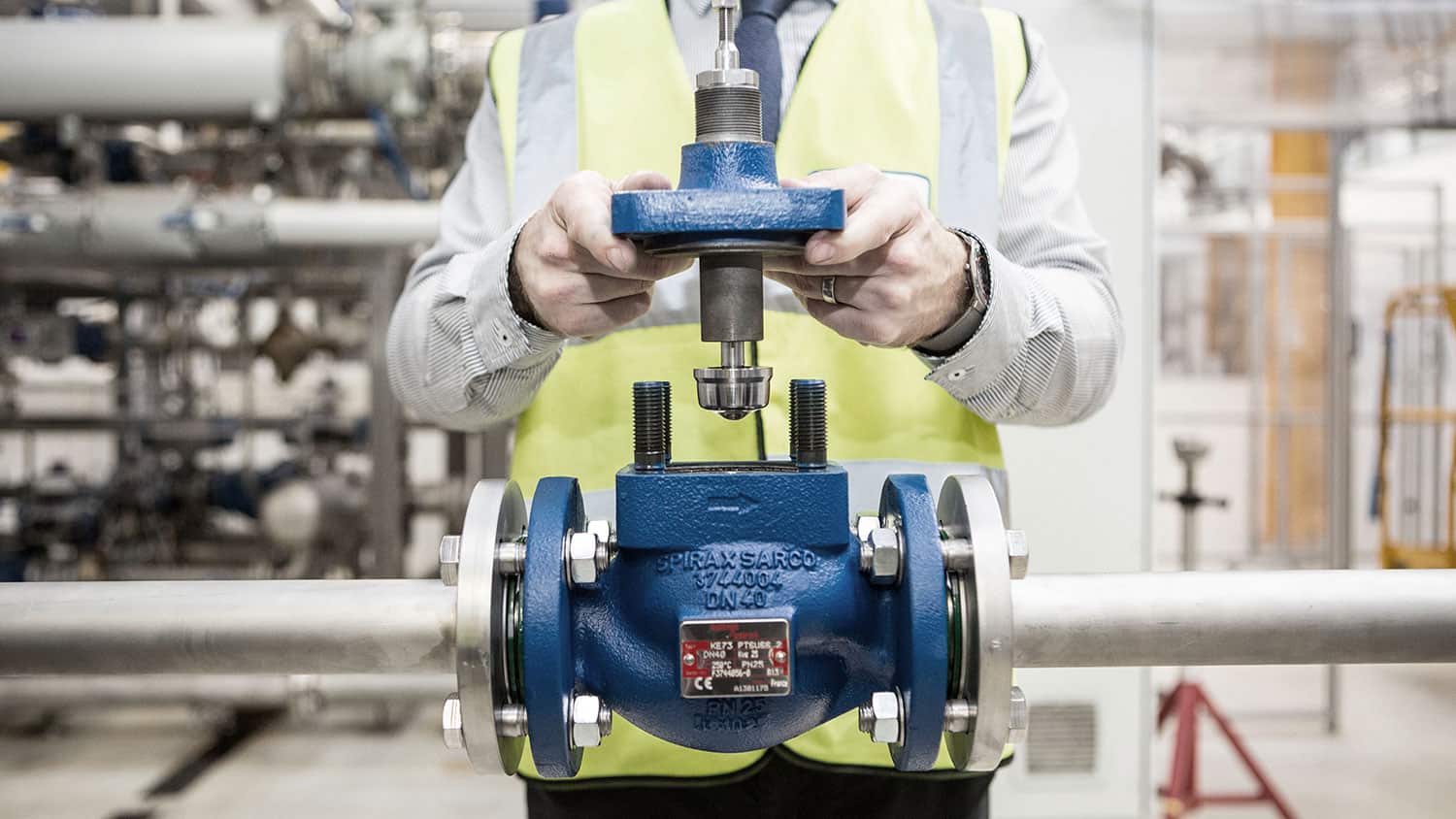Choosing the Right Control Valves: A Guide to Optimum System Performance
Choosing the Right Control Valves: A Guide to Optimum System Performance
Blog Article

Maximize Energy Cost Savings and Comfort With Advanced Building Automation Controls
In the realm of modern-day architecture and center administration, the assimilation of innovative structure automation manages stands as an essential innovation. The merging of technology and sustainability has actually birthed a new period where power efficiency, comfort optimization, and operational streamlining are no more attainable facts but far-off ambitions. By harnessing the power of automation, structures can adapt, respond, and advance in manner ins which were when inconceivable. The potential for considerable energy cost savings and boosted comfort is not just a pledge but an opportunity waiting to be fulfilled. This paradigm shift in building management holds the essential to opening a world where environmental conscientiousness and owner well-being harmoniously exist side-by-side within the walls of our structures.
Power Effectiveness Benefits
Power efficiency benefits can significantly lower energy intake and operational costs in structures. By executing energy-efficient techniques and modern technologies, structure proprietors and drivers can accomplish substantial cost savings while likewise adding to environmental sustainability. Among the main benefits of boosting power effectiveness in buildings is the decrease of utility costs. Energy-efficient systems, such as advanced structure automation controls, can enhance making use of resources like cooling, heating, and lights, leading to reduced energy expenses in time.
Additionally, improved energy performance can extend the life expectancy of building devices and systems. By running a lot more successfully, cooling and heating systems, light, and various other building parts experience much less deterioration, causing decreased maintenance and substitute expenses. Additionally, energy-efficient structures usually command greater residential or commercial property worths and rental prices, offering long-term economic advantages to proprietors.
Moreover, power performance can improve resident convenience and productivity. Appropriately managed indoor atmospheres with ideal lighting and thermal conditions produce a more positive and favorable office, leading to improved worker complete satisfaction and efficiency. On the whole, the energy performance advantages related to advanced building automation controls are multifaceted, encompassing cost financial savings, environmental stewardship, and resident well-being.
Improved Convenience Control
Enhancing comfort control in structure atmospheres calls for an advanced assimilation of advanced automation systems for optimal owner well-being. By making use of innovative structure automation controls, facilities can customize the interior environment to meet the specific demands and preferences of occupants. These systems allow precise law of temperature, ventilation, and lights, producing a comfy and effective environment. Owner contentment and performance are closely connected to thermal comfort, making it important to have systems in position that can adapt to changing conditions in real-time.
By integrating these sophisticated controls, buildings can not just enhance comfort yet likewise enhance energy effectiveness by enhancing system operations based on actual occupancy and usage patterns. Ultimately, focusing on passenger comfort through advanced automation systems leads to a much more pleasurable and much healthier interior setting.
Functional Performance Improvements

Moreover, the execution of real-time monitoring and analytics tools enables structure drivers to determine energy ineffectiveness and functional abnormalities promptly. By continually keeping an eye on energy usage patterns and system performance metrics, adjustments can be made in real-time to optimize energy intake and make certain peak functional efficiency. control valves. Furthermore, incorporating demand action techniques into building automation controls can further enhance operational performance by dynamically changing browse this site power usage based upon grid conditions and rates signals
Indoor Environment Optimization
Efficient interior environment optimization is an essential facet of building automation controls, ensuring passengers' convenience and well-being while making the most of energy financial savings. By utilizing advanced sensors and controls, building automation systems can constantly check and change temperature level, humidity degrees, air high quality, and air flow to produce an ideal interior setting. Preserving regular and comfortable problems not only improves occupant contentment but likewise improves efficiency and overall wellness.
Interior climate optimization also plays a crucial duty in energy effectiveness. By fine-tuning air conditioning, air flow, and home heating systems based on real-time data and tenancy patterns, developing automation controls can substantially decrease power consumption - control valves. For instance, executing approaches such as demand-controlled ventilation and thermal zoning can aid lessen energy waste while making sure that each area of the structure receives the needed conditioning.

Sustainable Atmosphere Development
Building automation regulates not only enhance indoor climate problems for power effectiveness and resident comfort however also lay the structure for producing a lasting atmosphere via strategic management of systems and sources. By incorporating innovative building automation modern technologies, such as sensing units, actuators, and smart software, centers can adjust and keep an eye on energy usage in real-time to reduce waste and decrease their carbon footprint. These systems enable predictive maintenance, identifying potential concerns before they rise and maximizing devices performance to boost durability and effectiveness.
Moreover, sustainable environment creation extends past power monitoring to incorporate water preservation, waste decrease, and interior air high quality improvement. here Building automation controls can control water use, detect leakages, and make certain correct waste disposal methods, contributing to overall sustainability initiatives. Additionally, by regulating and keeping an eye on air flow and filtering systems, these innovations boost owner health and performance while decreasing energy learn this here now consumption related to a/c operations.
Final Thought
Finally, advanced building automation controls deal significant advantages in regards to power cost savings, comfort control, operational efficiency, indoor environment optimization, and developing a lasting setting. By executing these controls, buildings can accomplish optimum efficiency while lowering power consumption and boosting passenger convenience. It is noticeable that making use of sophisticated automation modern technology is critical in enhancing building efficiency and creating a more lasting future.
Power performance advantages can dramatically minimize energy usage and functional expenses in buildings. Overall, the energy performance advantages associated with sophisticated building automation controls are complex, encompassing cost financial savings, environmental stewardship, and resident health.
Furthermore, including need reaction methods right into structure automation controls can additionally improve functional performance by dynamically changing power use based on grid conditions and prices signals.
Building automation manages not only enhance indoor climate conditions for power effectiveness and resident comfort yet also lay the structure for developing a lasting setting through critical management of systems and resources.In final thought, progressed structure automation regulates deal considerable advantages in terms of power financial savings, convenience control, functional efficiency, interior environment optimization, and creating a sustainable atmosphere.
Report this page